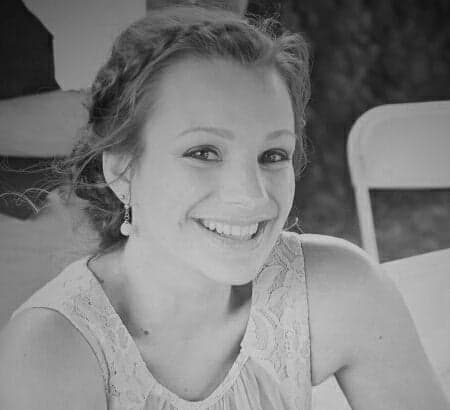Pilates’ Surprising Origins & Proven Benefits
In a British internment facility during World War I, German inventor Joseph Pilates developed the Pilates method. He was largely working with a rehabilitation population (those with illnesses and injuries), boasting his participants would emerge stronger than they were before interment. Years later, through thousands of participants and many research studies, Pilates has been found to improve core strength and stability, flexibility, balance, posture, cognitive function and even quality of life.
Interestingly, multiple studies have been done regarding the use of pilates for those with chronic low back pain and the results have not been disappointing! Scientists have shown that pilates exercise therapy can help with both pain and function for those with chronic low back pain.
If you’re ready to try a pilates program aimed at your back troubles, Sun City Physiotherapy can help! Our Physiotherapists will work with you one-on-one; and can use a variety of mat and reformer-based techniques aimed at getting you back to doing what you love!
Ready to try Pilates? Follow this exercise at home to get started:
Core Breathing
- Lie on the floor, mat, or bed with you knees bent and soles of your feet planted;
- Place your hands on the sides/fronts of your lower ribs and start to notice how they expand and contract when you breathe;
- Try taking a deep inhalation, feeling your ribs expand sideways (laterally) into your hands;
- As you exhale, think about feeling the contraction of your ribs and a tightening of your abdominals all the way down to your belly button area;
- Repeat 3 to 5 times – Well Done!

Tamara graduated from the Masters of Physical Therapy program at UBC and spent many years as a fitness instructor before entering the world of physiotherapy;
you will likely still catch her performing the occasional hamstring-repeater or grapevine as she moves around the Winfield clinic.
Tamara enjoys working with a variety of conditions and strives to build a connection with clients that allows a collaborative and balanced approach to their care. She likes to work with all age groups, and has a special interest in pediatrics from infants (including conditions such as torticollis and plagiocephaly) to teens. Currently she is working on her manual therapy levels through the Orthopaedic Division or the Canadian Physiotherapy Association, as well as training in vestibular rehabilitation (vertigo, dizziness, and balance).
